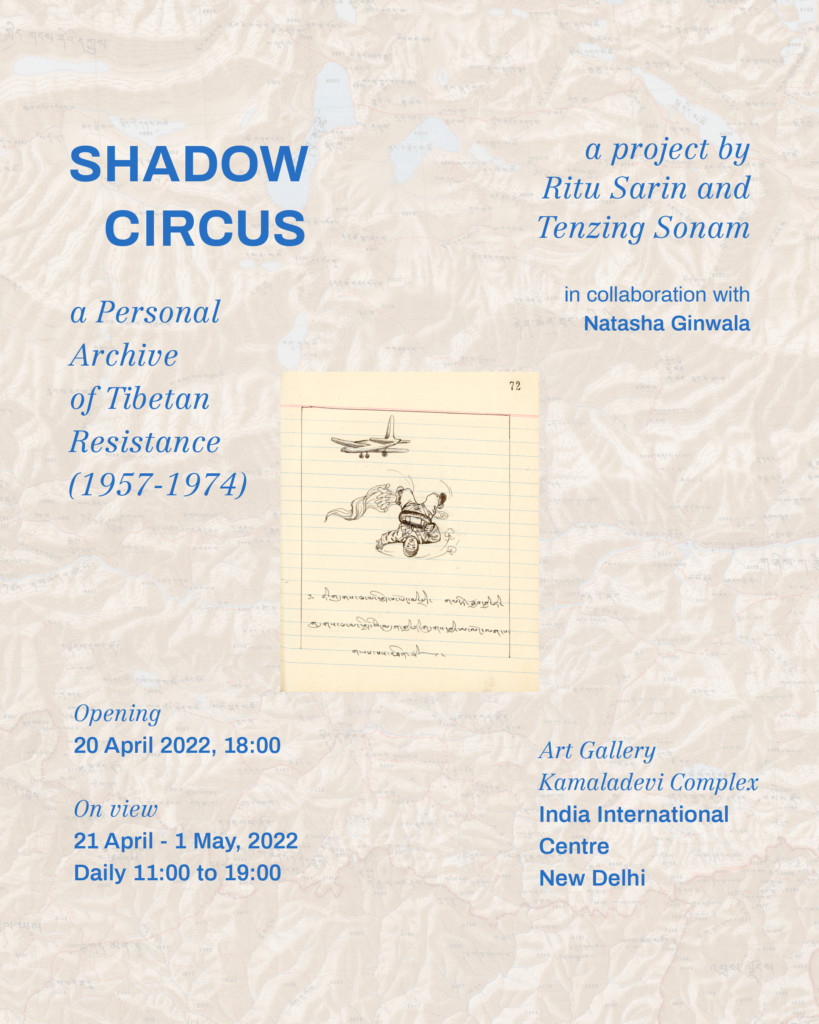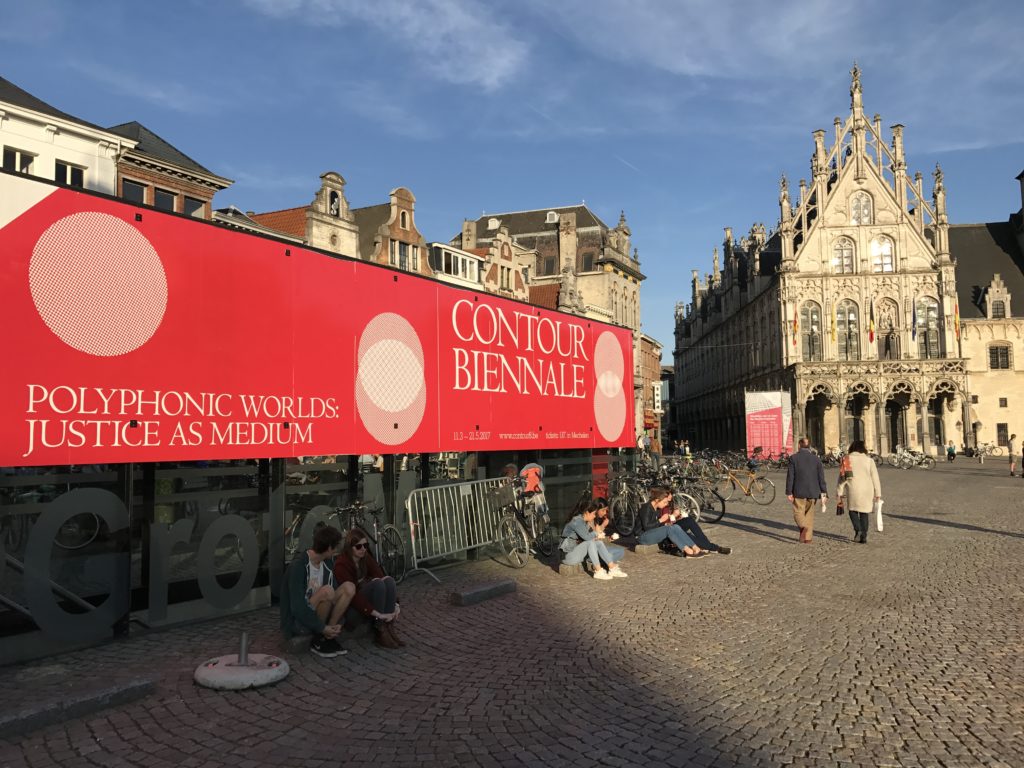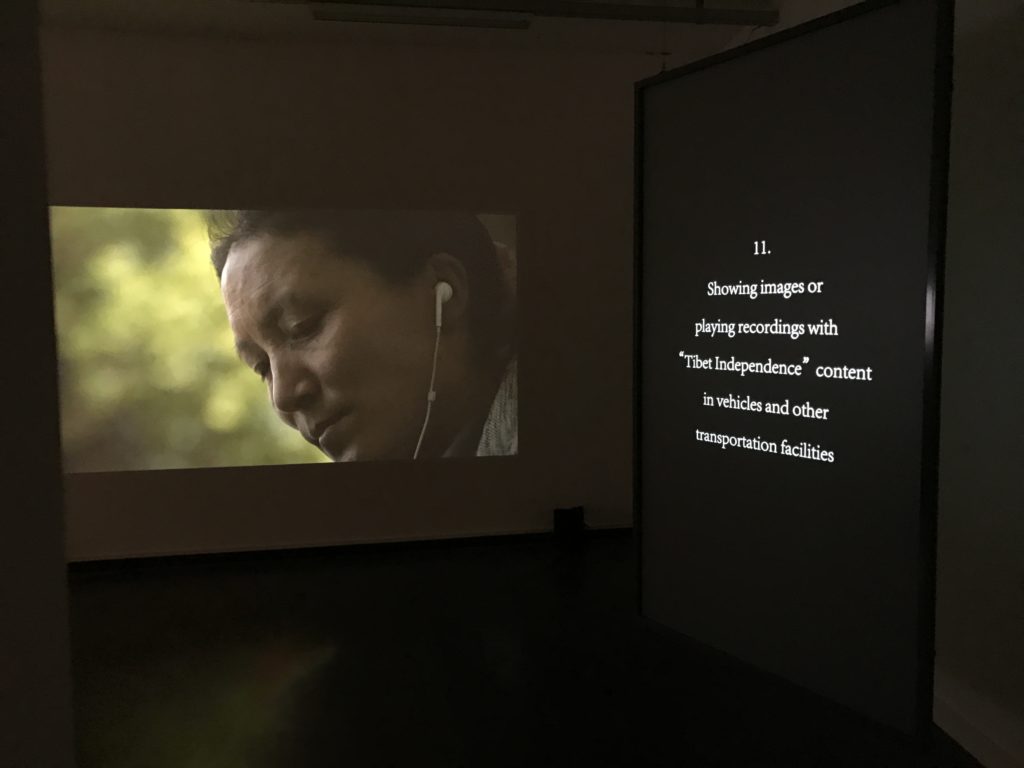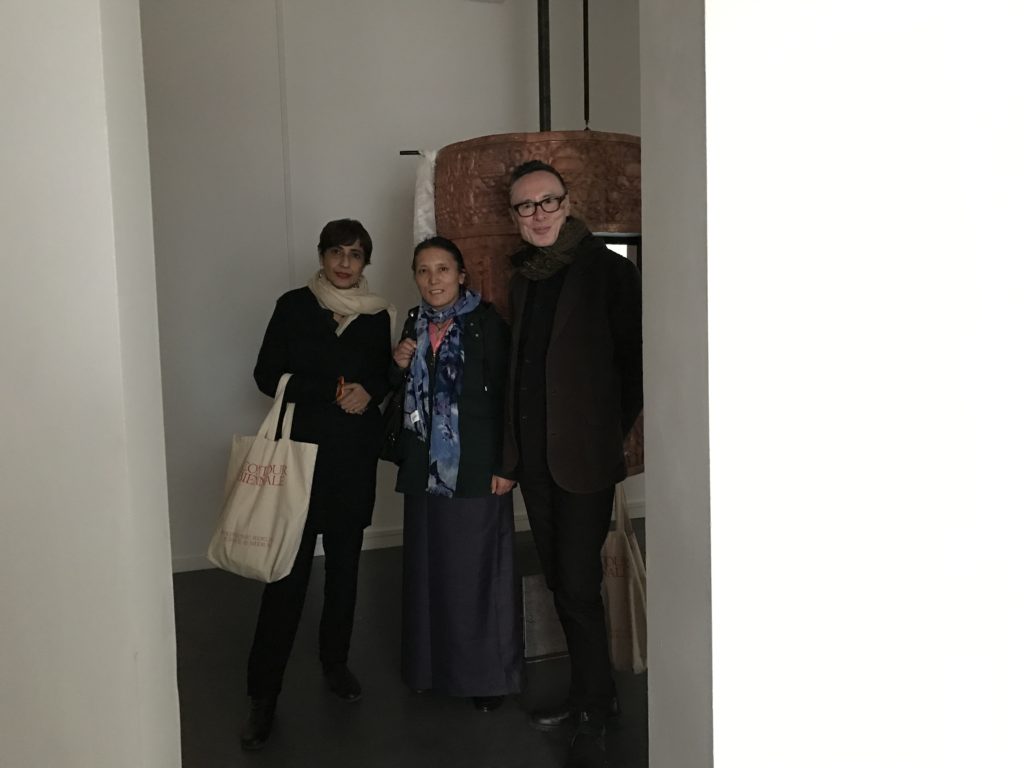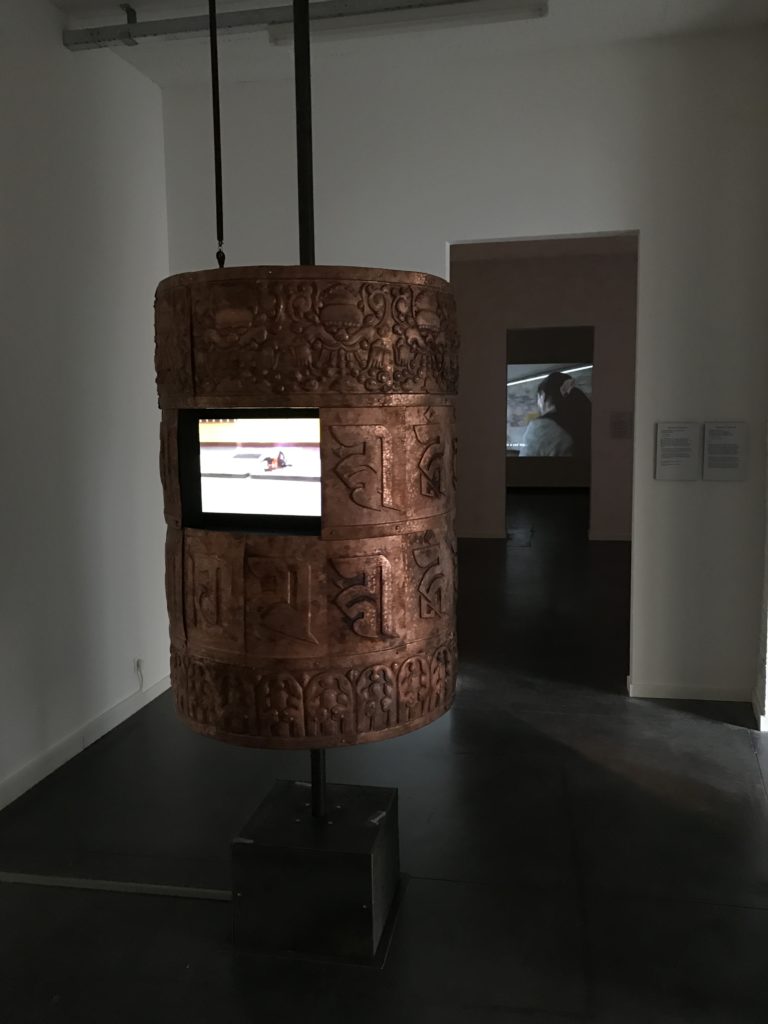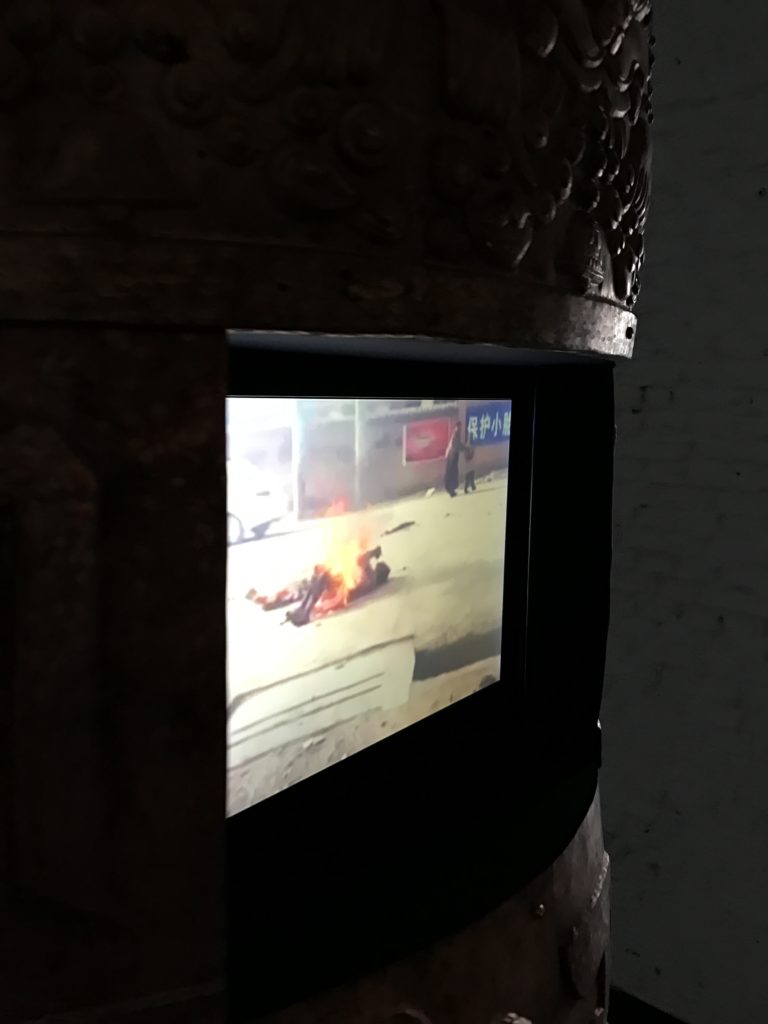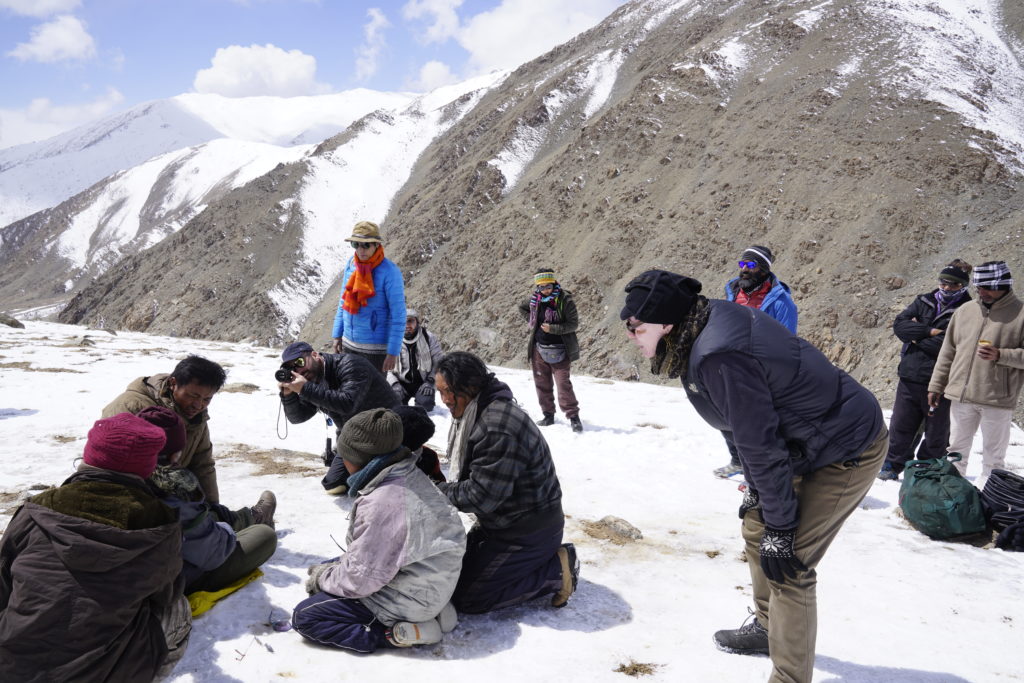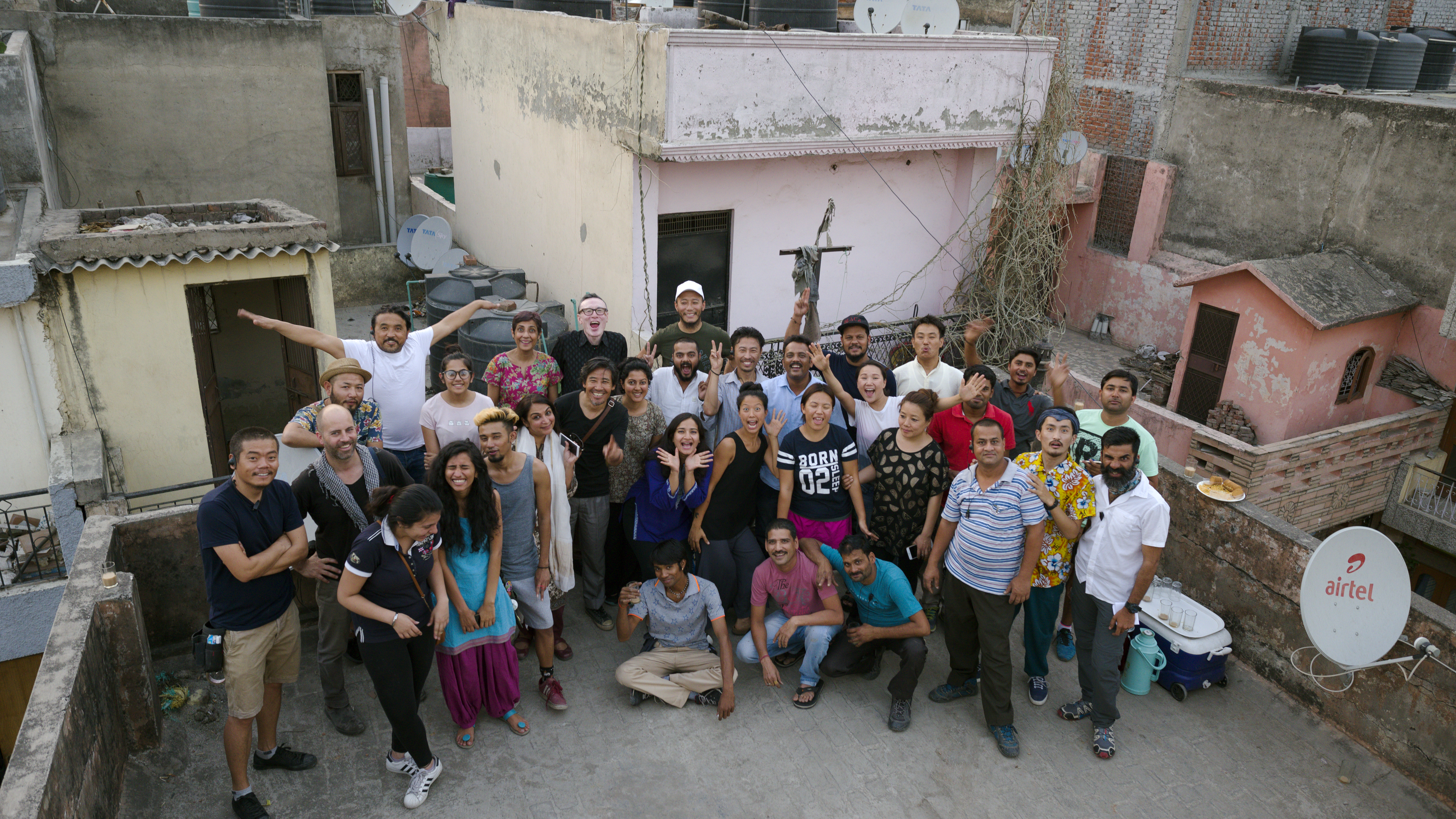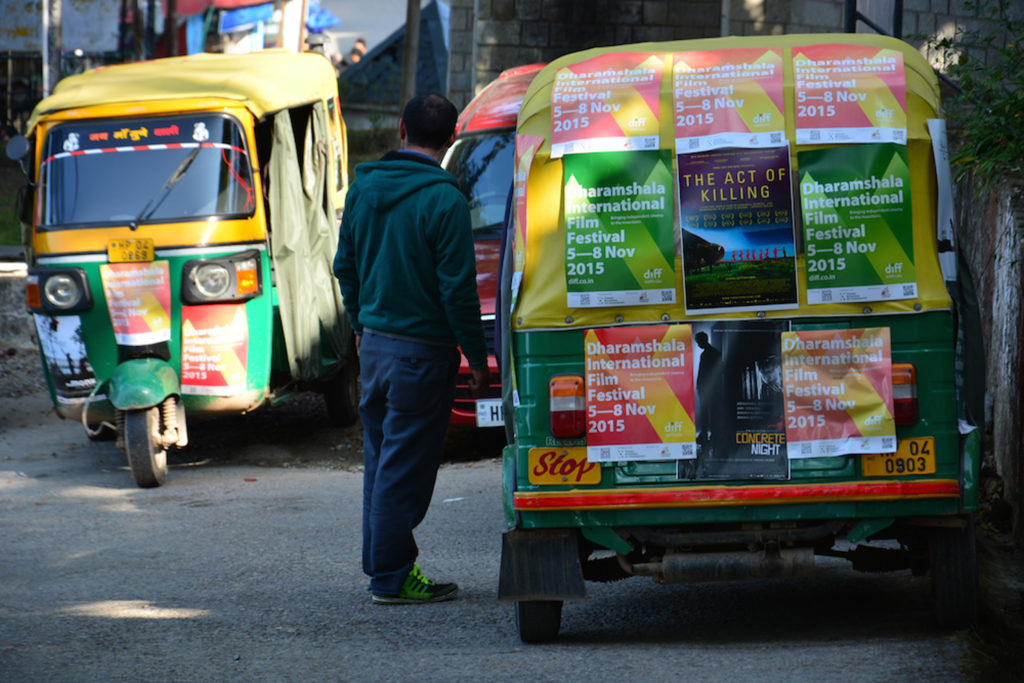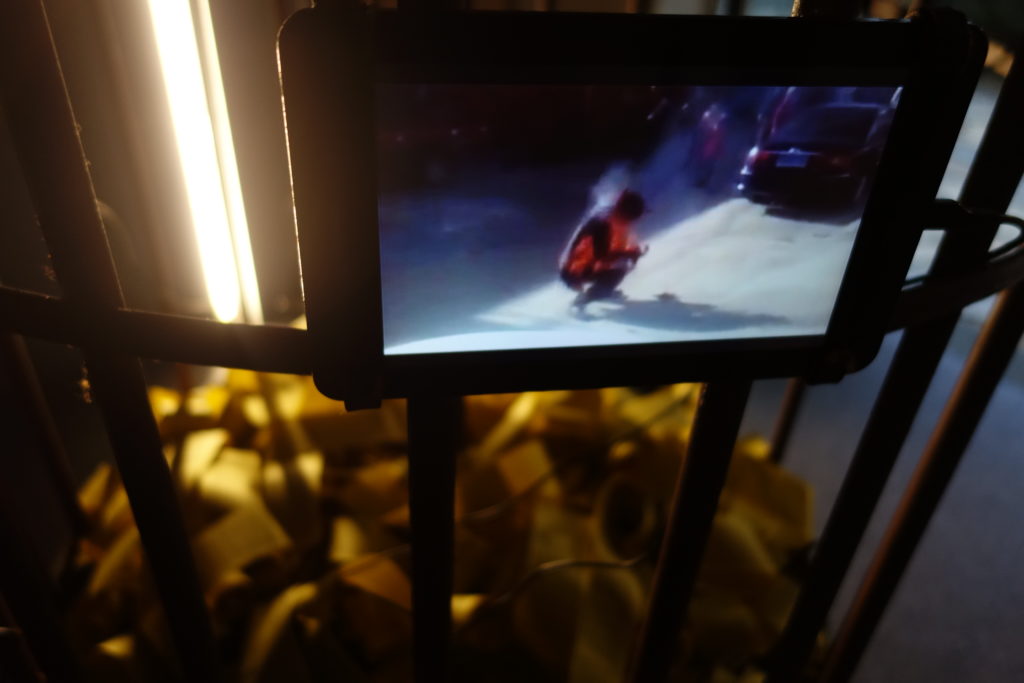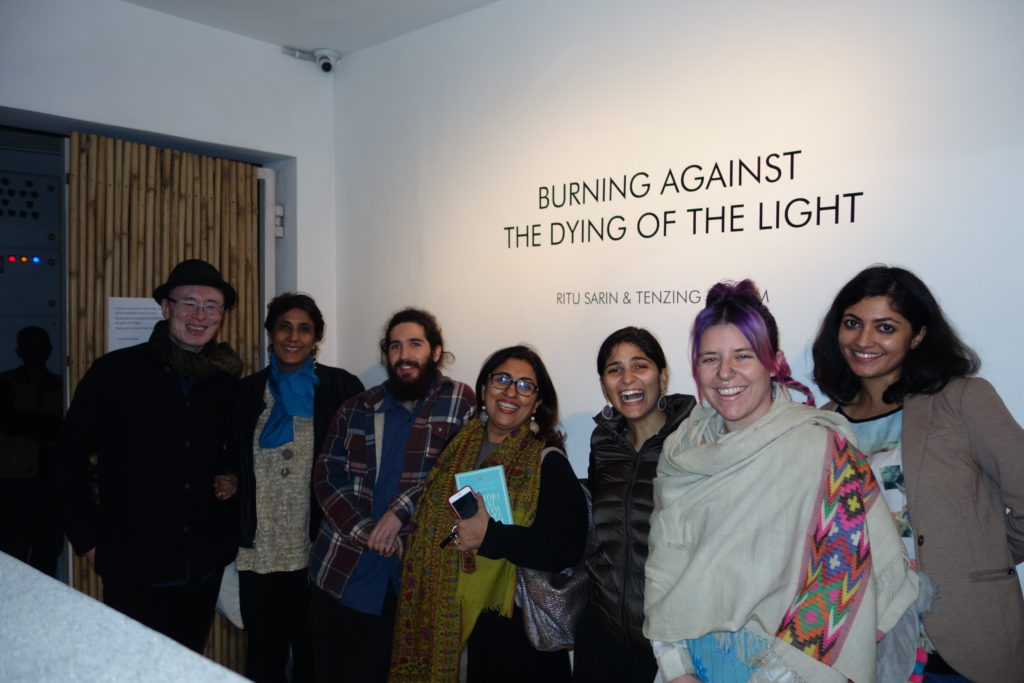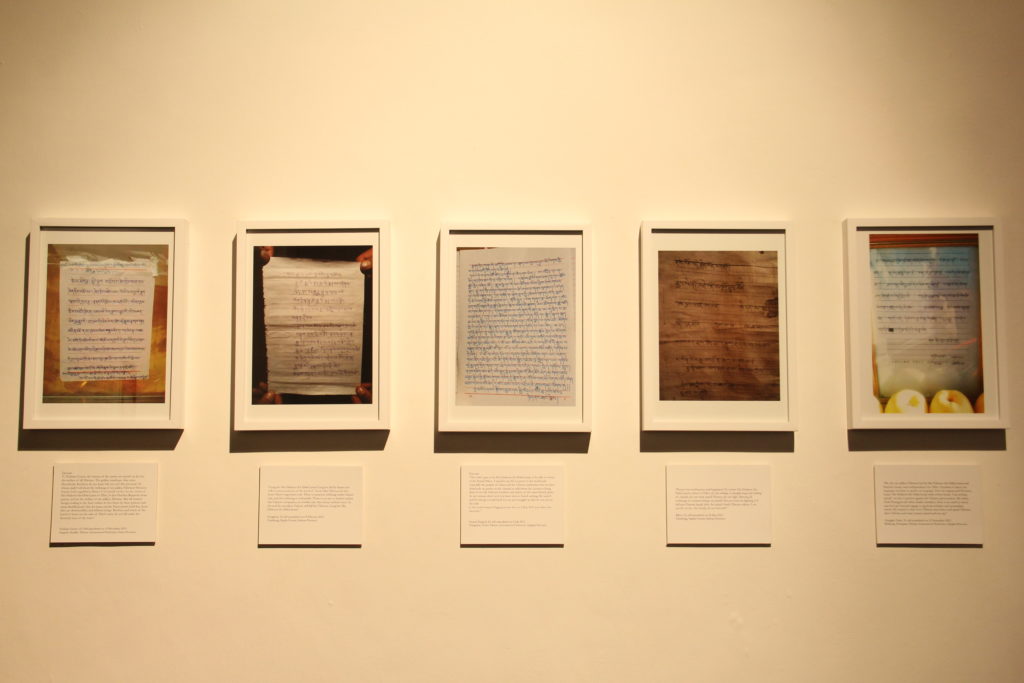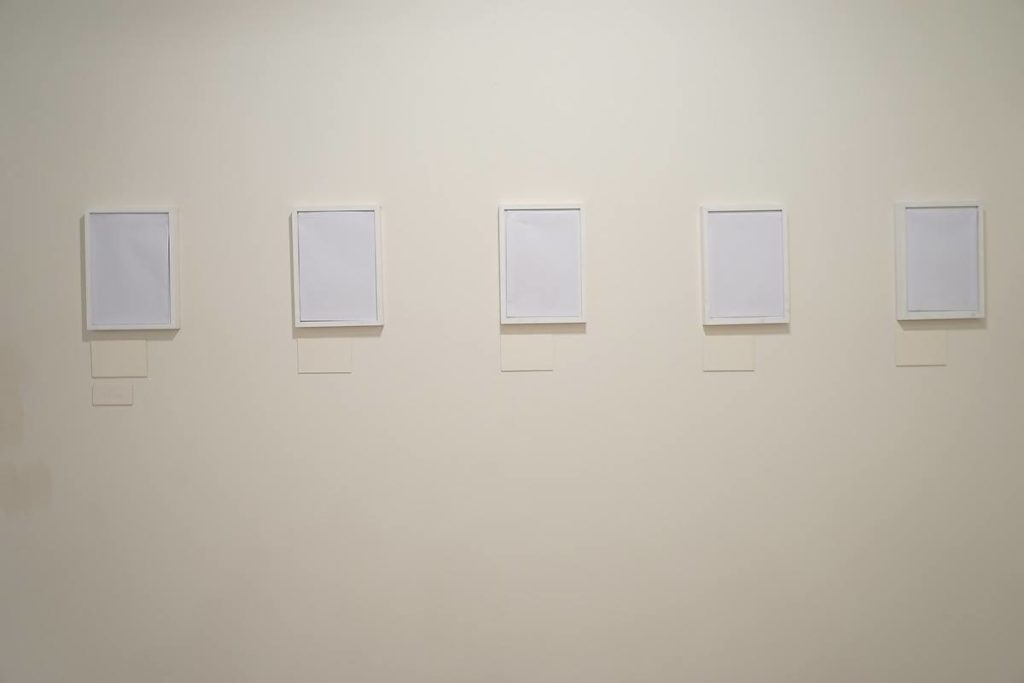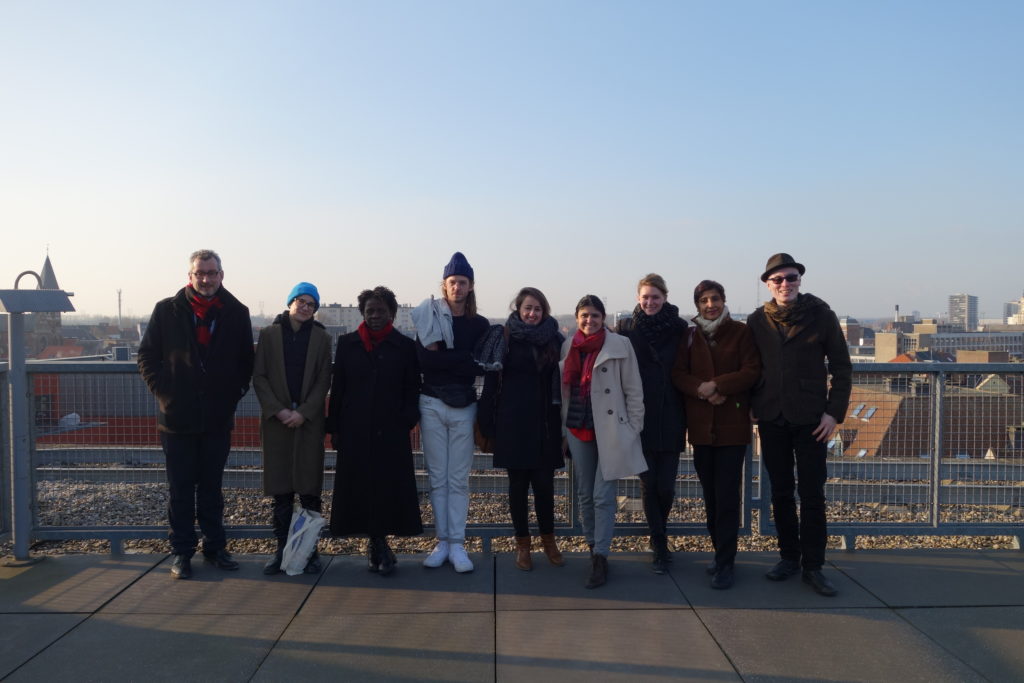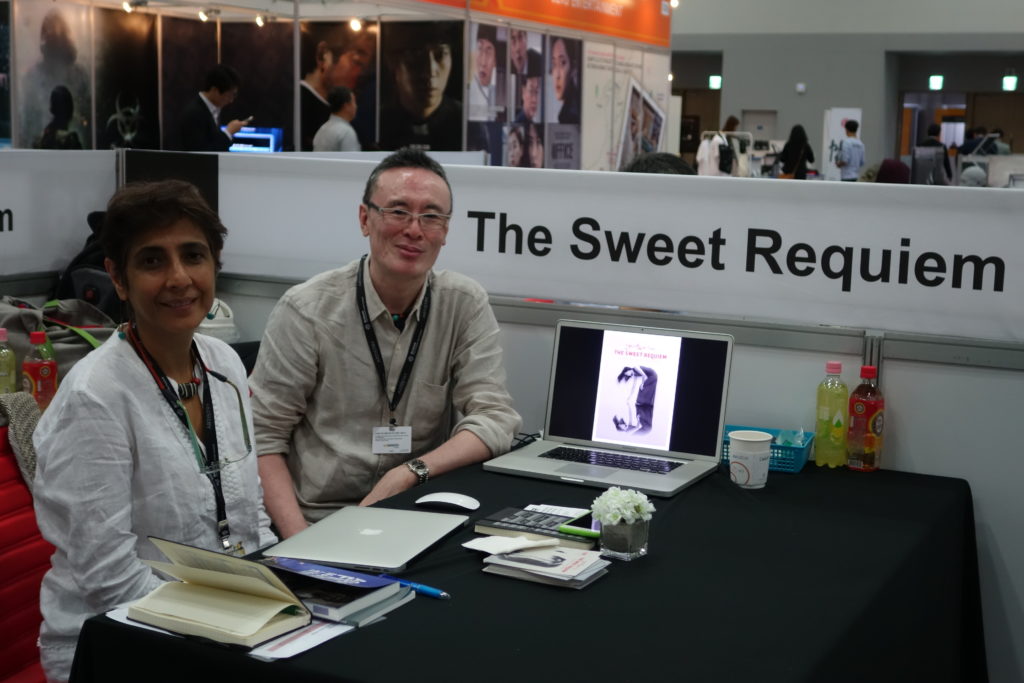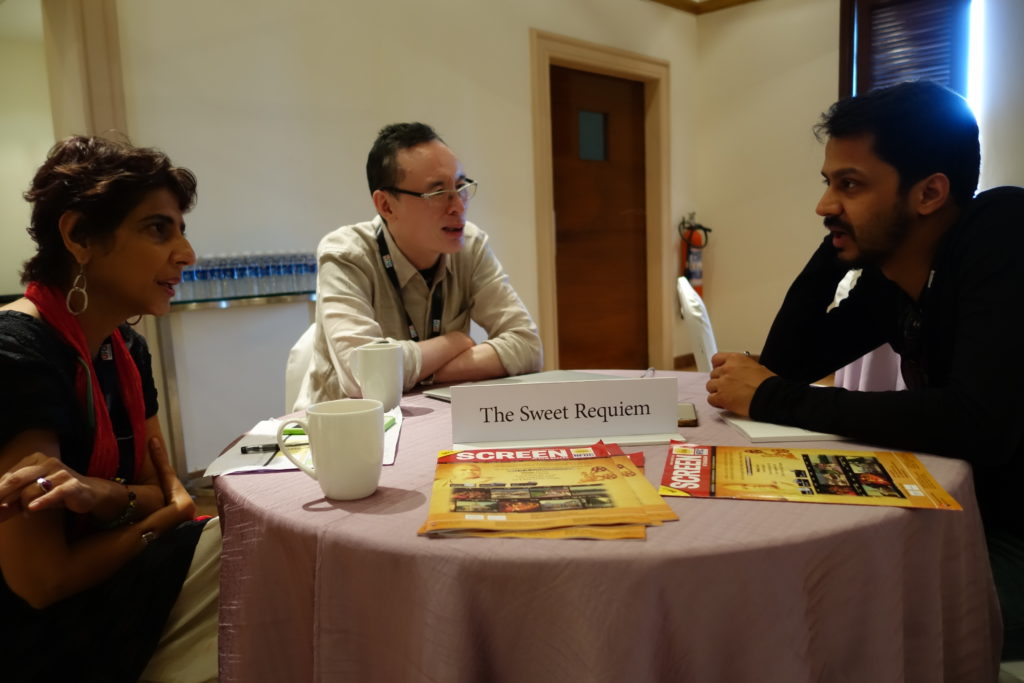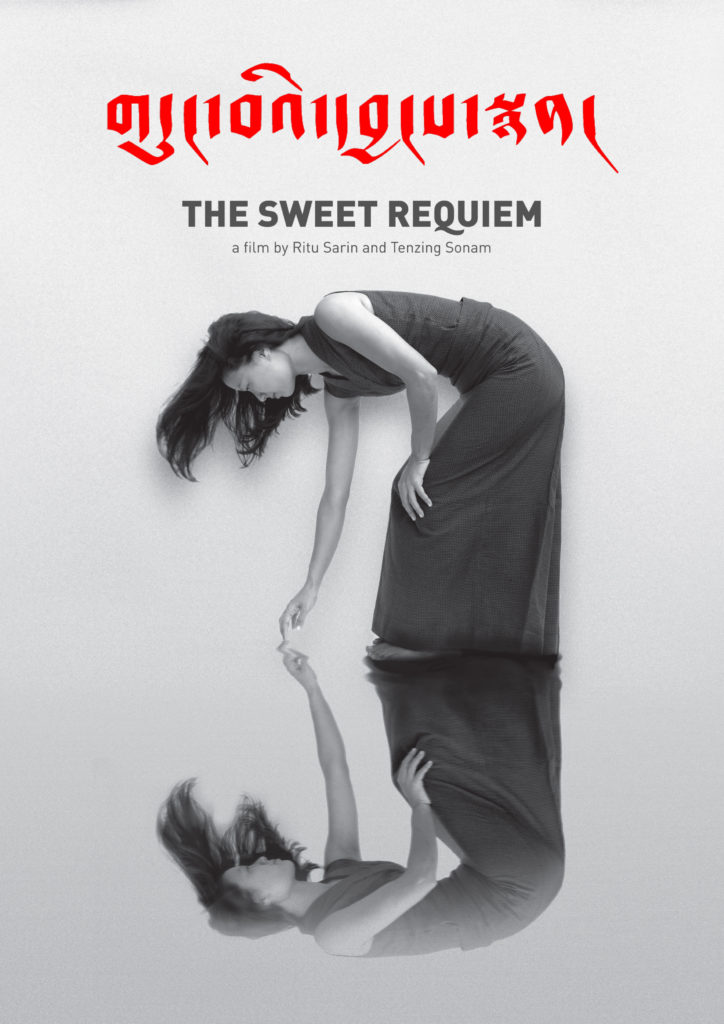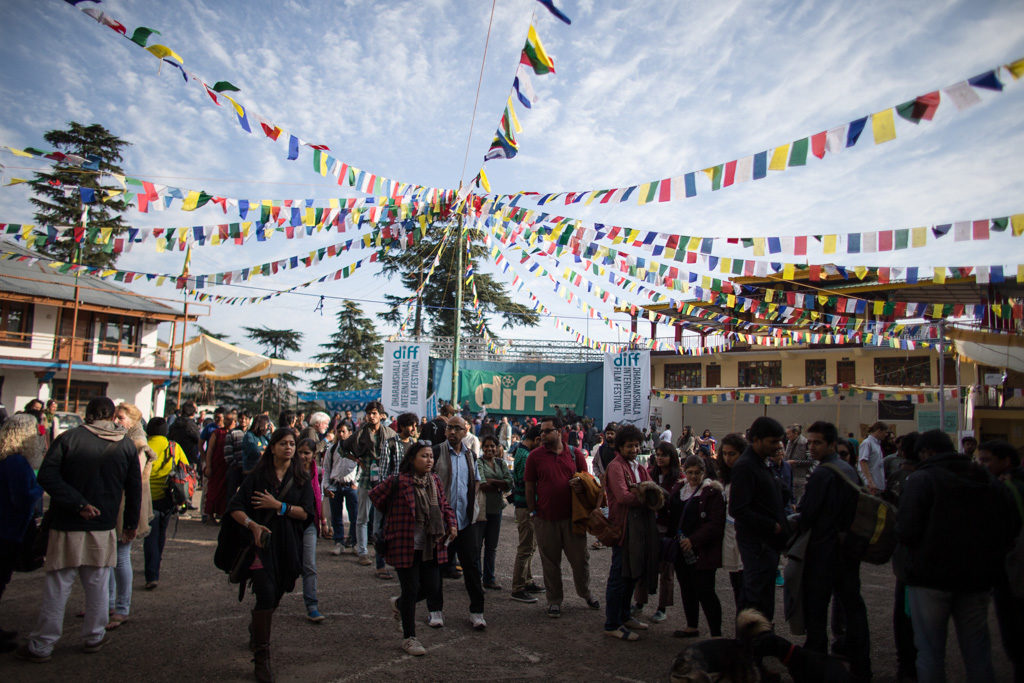
For the past three years, Ritu and I seem to have taken an inadvertent sabbatical from filmmaking as our efforts have been diverted, first, to getting the Dharamshala International Film Festival off the ground, and then to nurturing it and ensuring its survival. We’ve just come out of the other side of the third edition of the festival (30 October to 2 November) and I’m happy to report that it is growing from strength to strength and establishing itself as one of India’s leading independent film festivals.
This year, we had visitors from literally all over the country who came specifically to attend DIFF and watch films. Our more than 60 volunteers comprised a veritable rainbow coalition of nationalities, races and religions. We had 15 filmmakers attending and presenting their films, including five who came from Mongolia, Finland and Switzerland.
For more information on the festival, please check out: http://diff.co.in
Now that the dust has settled, Ritu and me are all set to end our sabbatical and move headlong into our feature film project – The Sweet Requiem. But more on that in the next update.
In the meantime, I’m reposting a blog I wrote on the DIFF website about how Ritu and I went through the process of selecting films:
As co-directors and curators of Dharamshala International Film Festival, we are often asked what our criteria are for choosing the films we do. The answer is not quite so straightforward. A wide range of factors, both subjective and external, some in our control and others not, influences the selection process.
When Ritu and I set out to establish the Dharamshala International Film Festival, our brief to ourselves was clear: curate a selection of the best independent films that we could lay our hands on, with no regard to subject, genre or style. “Best”, of course, is a highly subjective term and I suppose what we actually meant was to choose films that we ourselves enjoyed and felt were important or broke new ground. As far as it was logistically possible, we would make this selection from the entire spectrum of global independent cinema (the definition of “independent” in this context is also a contentious issue but that is for another post). Our rationale was simple: we wanted to expose the local community in Dharamshala to high quality alternative cinema from around the world that they would normally never have the opportunity of watching. And as far as possible, we would try and invite as many filmmakers as we could to attend the festival.
But as we discovered, setting such a broad and loosely defined brief for ourselves came with its own challenges. First, there was the question of how to decide which films to consider when we did not have a submission process. In order to set some eligibility limit, we decided to only look at films that were less than two years old. An arbitrary cut-off, yes, but we had to start somewhere! Films that we had seen and liked in film festivals that we had recently attended were automatically included in the long list. But our main source of potential titles came from our network of contacts from around the world: filmmakers, producers, festival programmers, sales agents, distribution companies, etc., who we solicited for recommendations. We also kept abreast with what other festivals were showing and which films were making waves. And although we did not accept submissions, unsolicited films did make their way to us and on a few occasions, we were glad they did!
On a practical front, since Dharamshala has no cinemas and we were limited to screening from DVDs in the first year, and Blu-ray or movie files from the second, we could only consider films that were available on these formats. This immediately ruled out a lot of newer films, which were only accessible on DCPs. And then, given our limited resources, we could hardly afford to pay screening fees, which meant that we were often at the mercy of a sales agent’s discretion. Surprisingly most sales agents were thoughtful and generous but there were always films that we could not even consider because we could not afford the screening fee.
Having gradually built up a pool of films to select from, we now had to sit down and actually watch them. This was certainly the most fun part of the job but it was also excruciating at times. Given that most screeners these days are sent as online links, a big frustration was in not being able to seamlessly stream them. Movie after movie would get stuck multiple times, buffer endlessly, and then have to be aborted when all else failed. Sometimes, a single film would take us several hours to watch. While this definitely did not make for optimal viewing conditions, we accepted it as part of our challenge of running an international film festival in the mountains.
The really difficult part, though, was to make the final selections, a painful process of whittling down the long list to a short list to an even shorter list. The sheer volume of good films on offer made choosing between them all the more demanding. For the most part, Ritu and me were in agreement over what we liked and didn’t but every now and again, a film would pop up that had us completely at loggerheads. In such cases, we reached a compromise based on how intensely one of us liked or didn’t like the film! (By the way, this is a method that has stood us in good stead over the years while making films.)
Cutting down from our very long short list of films to the actual number we could programme – around 12 fiction features and 12 documentary features – had us tearing out our hair in despair. There were just so many films we wanted to show. The final selection also often came down to factors that we could not have foreseen. For example, films focusing on particular subjects or issues would organically evolve during the viewing process and make their way into the short list. These films, then, would take precedence when it came to making hard decisions as they naturally coalesced into special focus sections. This year’s spotlight on films from the Middle East is something we definitely did not set out to actively programme. Another important consideration for us was whether a filmmaker could attend or not, especially if we had raised the funds to cover travel expenses.
For us personally, an interesting by-product of the selection process (besides getting to watch so many good films and keep a finger on the pulse of current cinematic trends) was to understand more clearly our own likes, dislikes and biases. We instinctively gravitated towards films that had a deeply personal stamp on them, films where the authorial voice was clearly articulated. We were also drawn to films that dealt with issues and subjects that we were ourselves involved in or close to – political conflict, marginalized communities, questions of cultural identity, the intersection of art and politics. At the same time, our fondness for quirky, offbeat movies and genre films also asserted itself on the choices we made.
One conclusion that we have reached over the past three years is that contrary to industry doomsayers proclaiming the death of independent cinema, there is, in fact, an abundance of good films being made out there. As far as we can tell, indie films are well and alive and finding ever more creative ways to tell their stories and adapt to changing circumstances. This is encouraging news to us, both as filmmakers and as film festival programmers.
